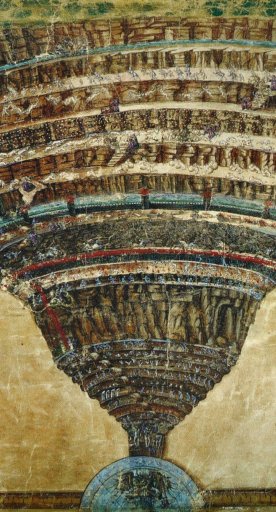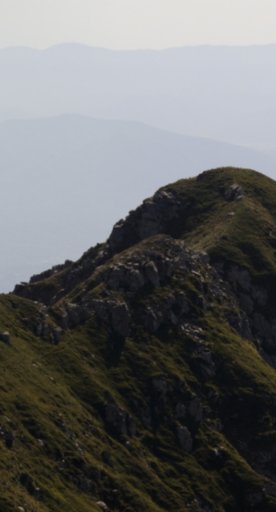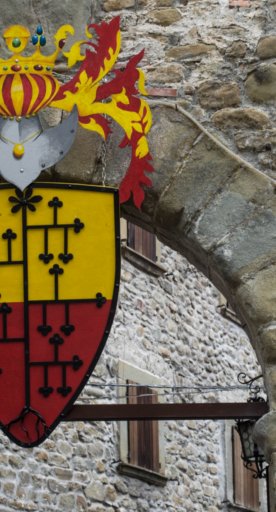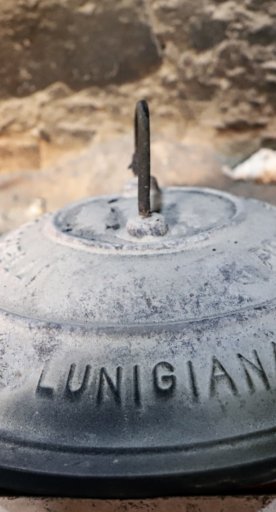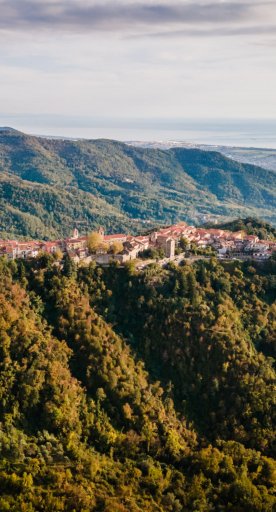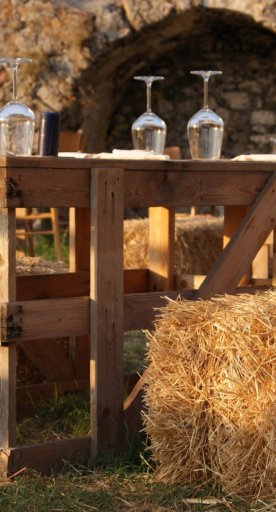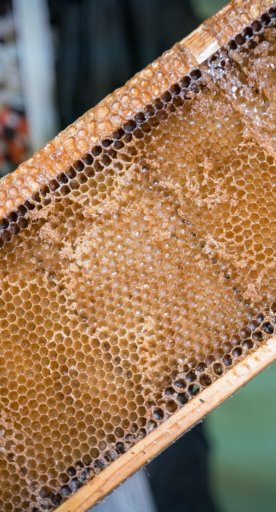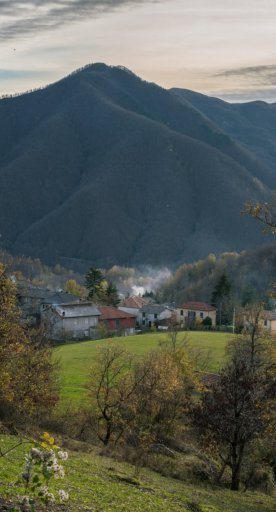Lunigiana, a land rich in history
An area that dates back to Etruscan times, the Lunigiana has a diverse array of landscapes and villages to explore.
The Lunigiana area straddles two regions: the province of Massa-Carrara in northern Tuscany, and Liguria. The area starts at the Apennines and stretches to the Magra River. The name Lunigiana comes from Luni, an ancient Etruscan city that became a Roman colony and was the main urban centre on the northern Tuscan coast. The symbol of this ancient land is a crescent moon, or luna in Italian, held in a bear’s claw.
-
1.Pontremoli
-
2.Filattiera
-
3.Bagnone
-
4.Villafranca in Lunigiana
-
5.Podenzana
-
6.Aulla
-
7.Fivizzano
-
8.Fosdinovo
-
9.Equi Terme
-
10.Tosco-Emiliano State Park
-
11.Alpi Apuane Regional Park
-
12.Fiume Magra State Park
-
13.Filattiera Plain
The Lunigiana is a land rich in history and things to do: fascinating castles, Romanesque churches, medieval villages, prehistoric stele statues, ancient pathways of the Via Francigena and works of art. It’s to be explored slowly, taking your time to appreciate all the Lunigiana has to offer. Savour the local food, like testaroli, panigacci, chestnut flour, honey, olive oil, wines, cured meats and cheeses to get a sense of the agricultural and social history of the area. There are many towns worth visiting, these are some of the most important:
Pontremoli

Pontremoli has always been a crossroads. It's where the via Francigena meets the road to Genoa and where the road to Borgotaro meets the road to Parma. Pontremoli has a long history as a cultural melting pot and this crossroads has always been a source of its wealth. In the old town centre there's a museum with a series of stone stele statues, as well as the Romanesque church of St. George dating to the eleventh century, the cathedral with many polychrome marbles and the “Campanone”, which is today the town’s symbol.
Filattiera
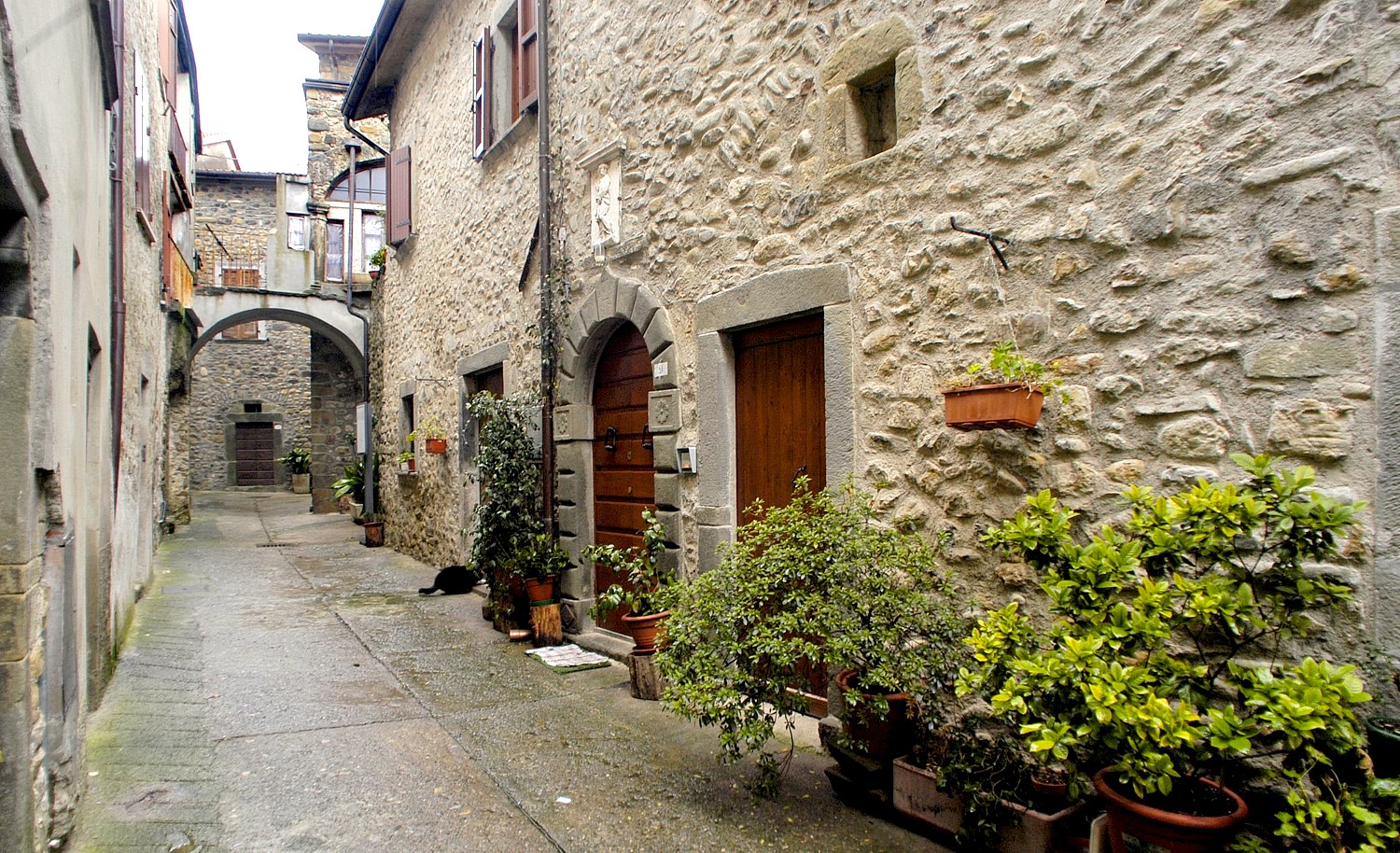
Filattiera is situated in a mountainous area on the left bank of the Magra River. The original thirteenth-century part of the town is still well-preserved and includes the military church of St. George and a clock tower. In the fourteenth-century, the Malaspina castle and an old hospital dedicated to St. James were built.
Bagnone
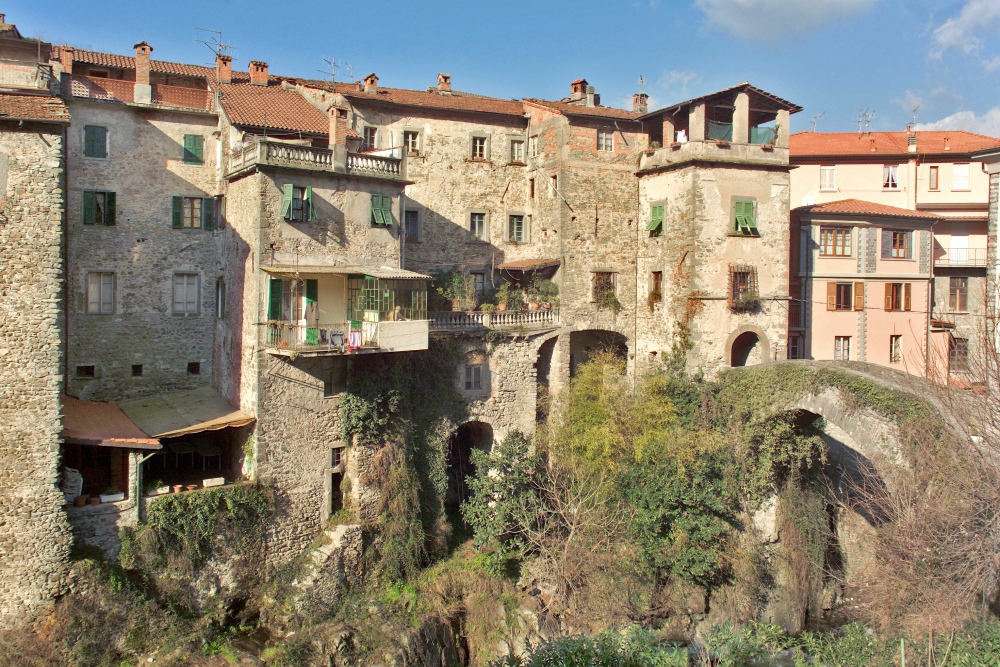
Bagnone has a gastronomic history; the town's economy used to rely upon chestnuts and sheep farming. Today’s main attractions are the fairs and markets that come to town. One of the older markets has an arcade and there's also a castle that dates back to the second part of the fourteenth century. Nearby, visit the beautiful medieval village of Castiglion del Terziere that's home to the Treschietto castle, the ruins of Iera, Corlaga and Corvarola.
Villafranca in Lunigiana

Villafranca in Lunigiana is a centre of traditional rural culture. It has an ethnographical museum housed in old fifteenth-century mills that displays agricultural and shepherds’ equipment, craft tools, objects of common, personal and domestic use, and local religious objects. You'll also find the twelfth-century Malaspina castle in the town. Near Villafranca, in Filetto, stele statues were created in the surrounding forests due to its sacred pagan significance.
Podenzana

Podenzana is overshadowed by Malaspina castle which is now privately owned. The Sanctuary of the “Madonna della Neve” on Gaggio hill is distinguished by a chestnut tree behind the altar. A local delicacy, panigacci, is celebrated every August with a fair. The area offers a wide range of chestnut woods and trails perfect for hiking, horse riding and cycling.
Aulla

Aulla is in a strategic position between the steps of the Cisa, the Cerreto and the Lagastrello. Due to its position as a crossroads between different areas of the Lunigiana, the ancient village was almost completely destroyed during the Second World War. Here you can visit Saint Caprasio Abbey, Brunella Fortress and the museum of natural history of Lunigiana.
Fivizzano
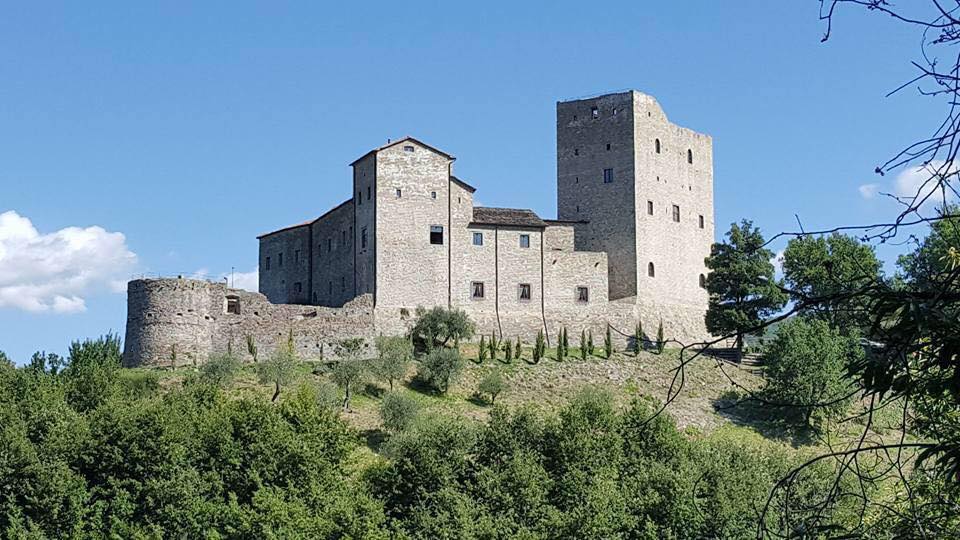
Fivizzano is known as “the Florence of Lunigiana”, due to its long Medici-rule. Strategically positioned, it became an important marketplace for the surrounding area and its square has always acted as the social centre of the city. In 1920, the city was partly destroyed by a great earthquake. Fortunately, there are some wonderful remains of the city’s ancient walls that were built by Cosimo I de’ Medici in 1540. In the centre of the town you can visit the Fantoni-Bonomi palace, which hosts the Museum of Printing, the Cojari Palace and the Villa of Benedetti Chigi.
Fosdinovo

Fosdinovo is the last village of Lunigiana before the sea. Malaspina castle is the best preserved of its kind in the entire Lunigiana. Of particular interest is the Baroque parish church of St. Remigio that houses a sepulchre of Galeotto Malaspina and the oratory of the Compagnia dei Bianchi that has a wooden sculpture of the Virgin Mary dating to the fifteenth century.
Equi Terme
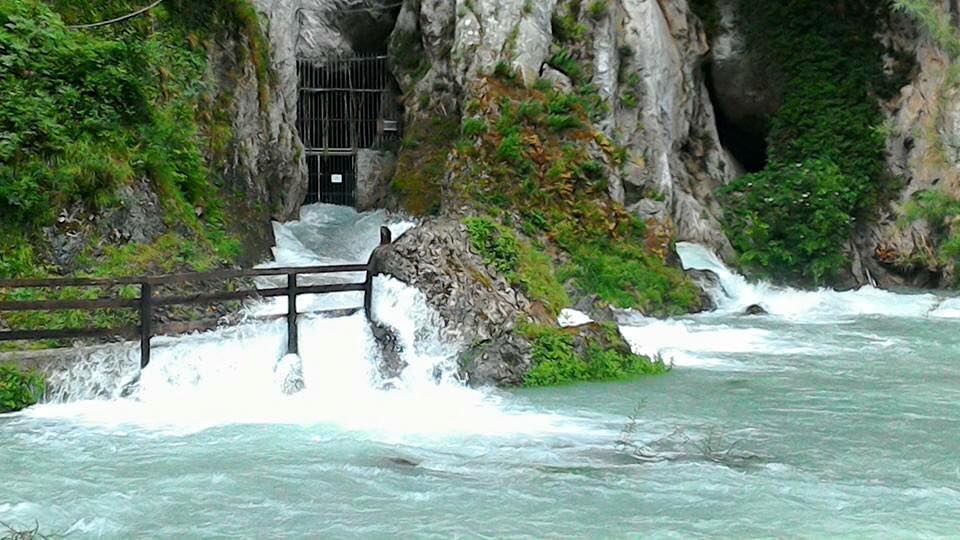
Equi Terme is a small village known for its caves and spas. In general, the Lunigiana has an array of diverse natural environments to explore. Here's a selection of some of it's finest outdoor spots.
Tosco-Emiliano State Park

The park stretches for over 60 km between Tuscany and Emilia-Romagna. There's a high level of biodiversity and it's an important section of land for many species of flora and fauna. There's evidence that there's been a human presence here from prehistoric times.
Alpi Apuane Regional Park

This park has one of the most extraordinary and striking mountain chains in Italy. One of the most recogniseable characteristics are the marble mountains that line the horizon. There are over 1,300 grottos, some of which are open to the public. The Apuan Alps have rare botanical species and unusual fauna.
Fiume Magra State Park
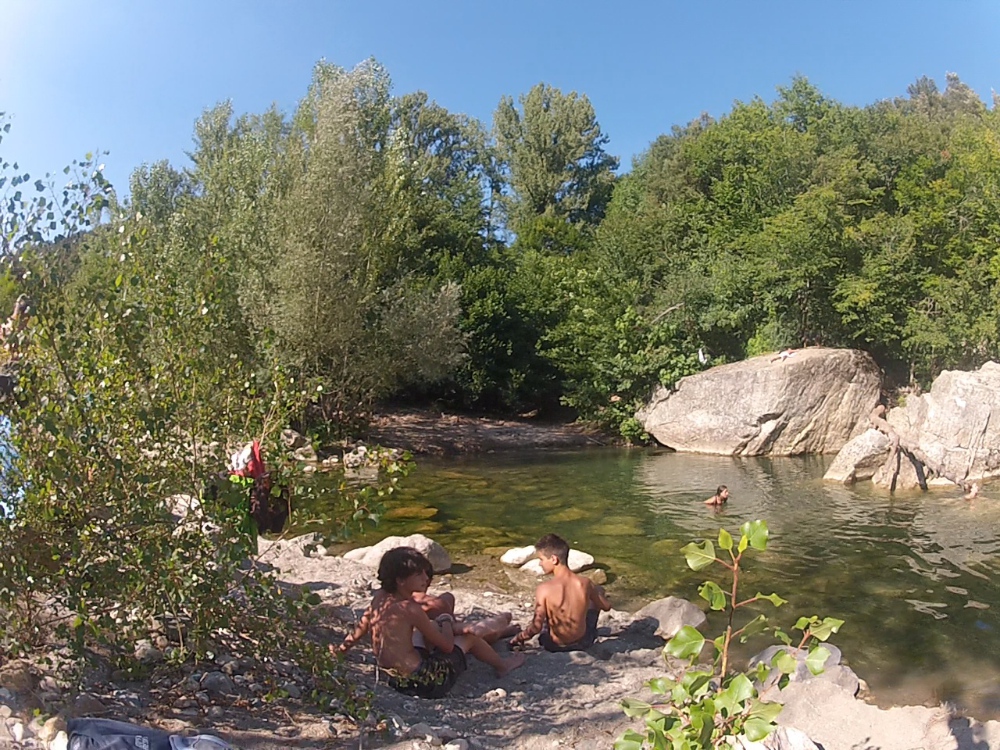
This park is home to many well-preserved river habitats with plenty of animal species like ducks, cranes, kingfishers and various types of herons.
Filattiera Plain
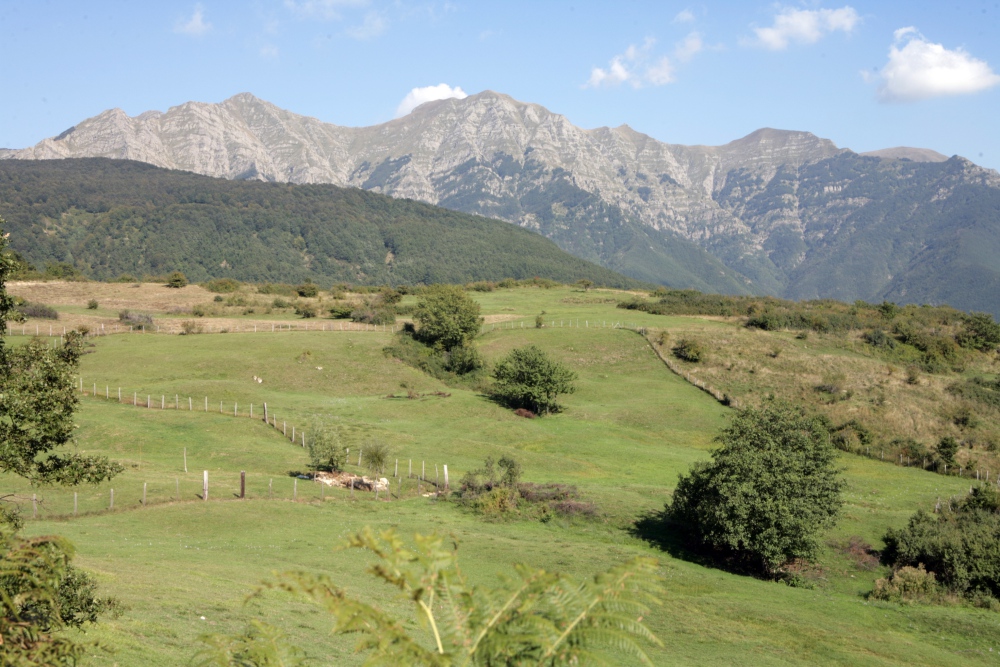
The Filattiera plain has an agricultural history. You can visit a functioning mill that produces flour from crops that can be found in the surrounding area; grain, corn and chestnuts.
This article was originally written by Serena Puosi
What’s nearby?





